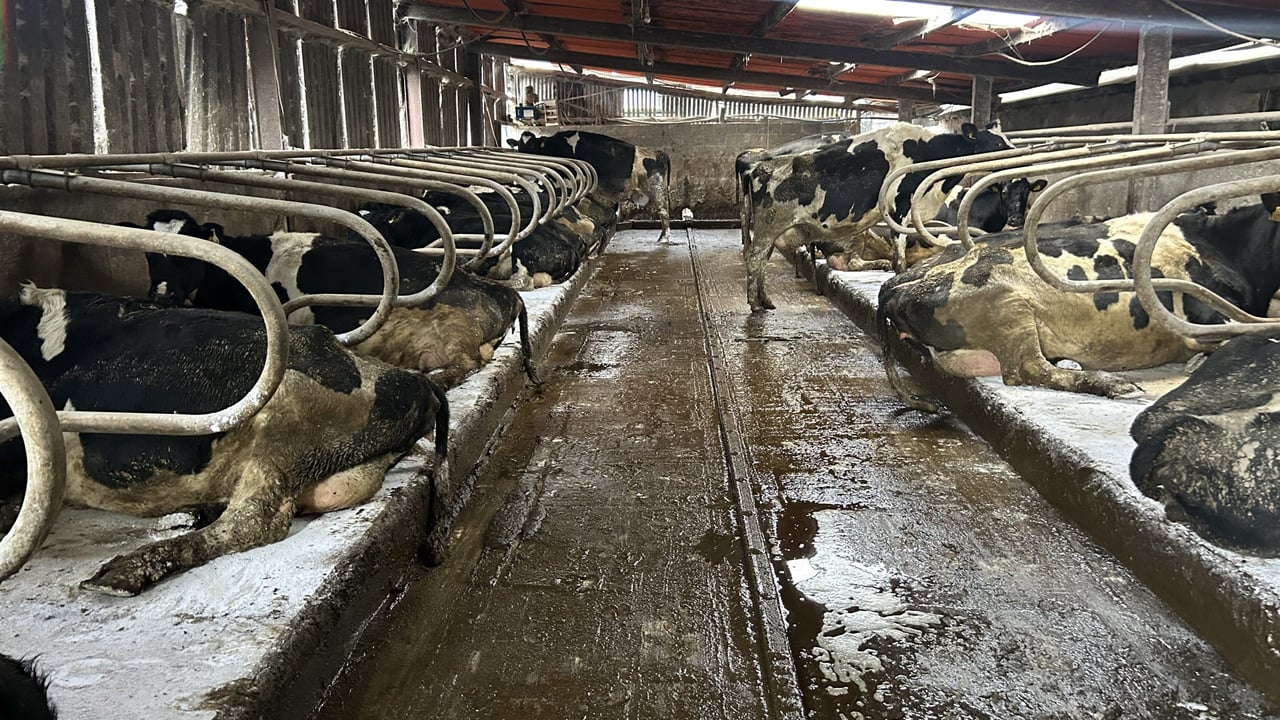Dairy advice: Mastitis risk increases as calving looms
We are only a matter of days away until calving starts, which means many cows are in their transition period where the risk of mastitis increases drastically.
The brushing and liming of cubicles and the scraping of passageways is essential in this period to keep infection at bay.
While during the transition period, farmers may focus on getting the herd's body condition score corrected and ensuring they are receiving adequate minerals but hygiene is critically important at this stage.
The biggest risk period is the first two weeks after drying off and the two weeks before calving as the cows are particularly susceptible to infections, making regular monitoring and good hygiene practices essential for preventing mastitis.
Cows that are ready to calve down will experience changes in their body which can weaken their immune system making it easier for infection to cause problems.
At this stage of the dry period for cows, close monitoring has to be a priority and any suspicion of mastitis has to be dealt with immediately.
Keeping dry cow cubicle beds clean and dry is essential for mastitis prevention and a recent Teagasc survey found a massive variation in terms of lime use per cow/cubicle and also in the amount of times cubicles are limed a day.
The recommendation is to use 1t of lime for every 20 cows which is 50kg per cow for a five-month winter. That is 32kg per day over 150 days of liming for milking/dry cows.
Farmers should weigh what goes into their bucket and see whether what they are already spreading on cubicles is sufficient.
Teagasc followed up with over 100 farmers to see how they make the brushing and liming task that bit easier and the results were as follows:
- Brisket boards were fitted in the cubicles which was a cost-effective way of keeping cubicles clean;
- Have a dedicated area for lime close to cubicles;
- Store lime in an IBC tank with the top cut off or a coal bunker which is easier than filling from a tonne bag;
- Wear goggles and gloves as lime can be damaging to eyes, hands and lungs;
- Write down instructions on number of buckets to be used each day and have it where the lime is stored;
- For larger herds - invest in a mechanical liming/cleaning machine to save time.
In terms of cubicle space, 1.1 cubicles per cow should be allocated to ensure enough space for each cow to lie down in comfort as overcrowding worsens the risk of mastitis.
Reducing the bacterial load is crucial as dairy cows excrete bacteria through their faeces which combines with warm, moist bedding, which can increase bacteria levels by more than a million-fold.
Hygiene scoring is a great indicator of how clean your facilities are, how effective your hygiene management practices are and how well kept the overall cow environment is.
It is done through regularly assessing the cleanliness of key areas such as the udder, flank and legs of the cows.
According to Animal Health Ireland (AHI), studies show that if more than 20% of cows have dirty udders, they are 1.5 times more likely to develop mastitis compared to cows with clean udders.
Monitoring cows is one thing, but it is also crucial to assess the cleanliness and conditions of the housing and management practices.
Main passageways and walkways should be cleaned frequently or if automatic scrapers are in operation, they should be timed for every three to four hours or six times/day.
Ensure that there is enough feed space with approximately 0.6m/cow and that water troughs are cleaned and functional with a minimum of three water troughs for every 50 cows.
The management of calving pens is essential as bedding material should be stored properly and kept dry, as damp bedding can encourage bacterial growth with a recommendation of 55kg/straw/cow/week.





